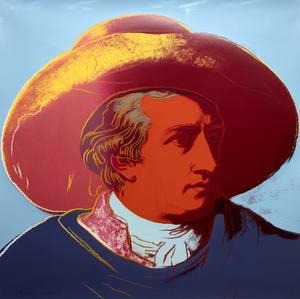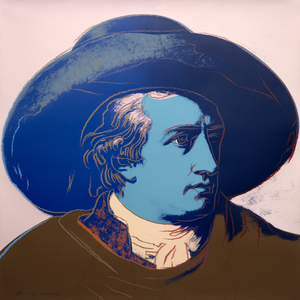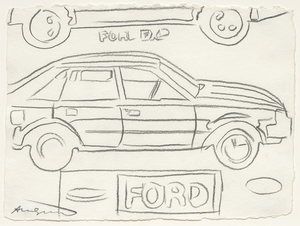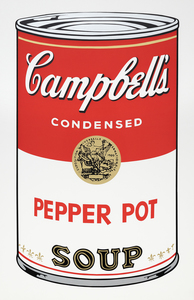Andy Warhol has become inextricably tied to American art, let alone Pop Art. His precise ability to capture the values of American society filtered through a glamorous lens have captured our collective imagination while also infiltrating our visual landscape. Despite his association with lavish parties, Warhol was always observing. As Diana Vreeland, a friend of Warhol and herself represented in this exhibition, said, “The eye has to travel.”
It is no surprise, then, that Warhol carried a Polaroid camera from the 1950s until his death in 1987. In ways that echoed our current habits with smart phones, Warhol’s polaroids are instant and numerous. It is no coincidence that early filters on social media apps like Instagram mimicked the polaroid. In his images of everyday objects, Warhol’s influence can be seen in photographers today including Wolfgang Tillmans and Juergen Teller. The photographs, taken on the spur of the moment and developed within minutes, also speak to the transience and ephemera of culture.
Warhol would use these polaroids for his paintings and referred to the photographs as his “pencil and paper”. It is important to note that the polaroids stayed with Warhol, despite pleas from his subjects. They are a record of his life and his practice while reflecting the idea of inclusion and exclusion, glamour and desolation.
Capturing the bright and the beautiful, the famous and infamous, Warhol’s polaroids are an unfiltered look into society while being a record of the life of one of America’s most important artist. They speak to the power of image and illusion.
The exhibition spans four sections – Bring It to the Runway, All That Glitters, Me, Myself, & I, and Ars Longa – focusing on different subjects within the polaroids as a whole. Visit our other virtual show, “Andy Warhol: Wayward Allure” to get further insight into the enigmatic genius.

_tn39239.jpg )











_tn36187.jpg )
_tn36185.jpg )


_tn36153.jpg )





_tn37425.jpg )



_tn36117.jpg )